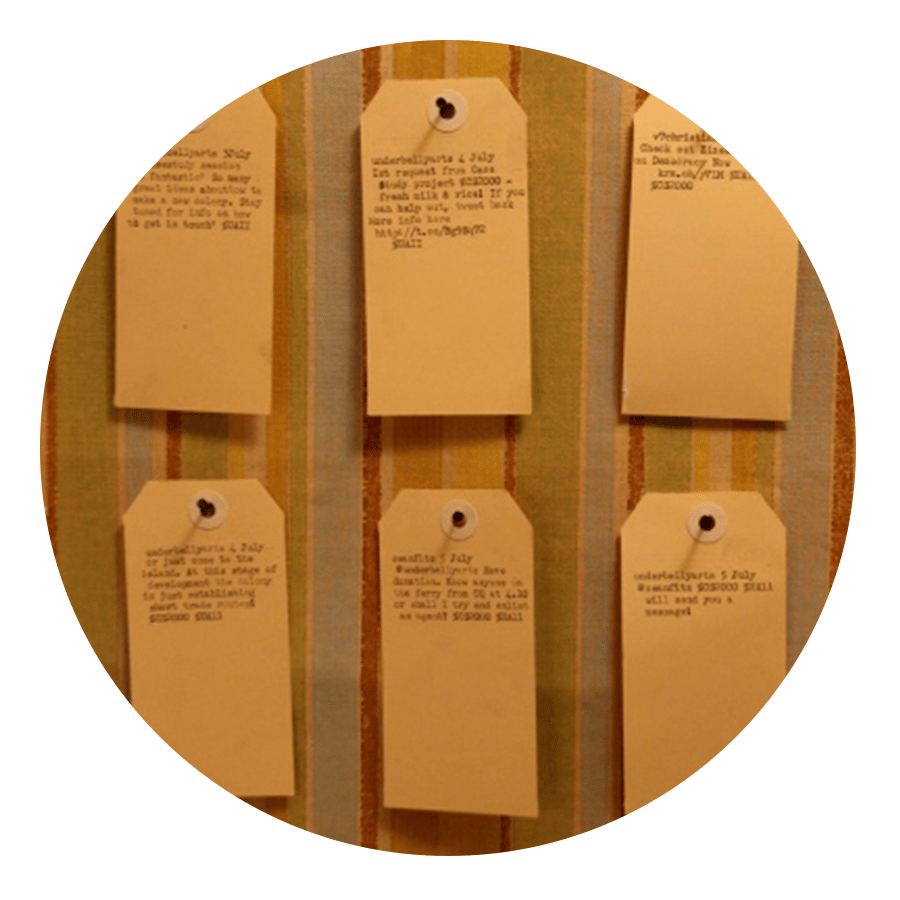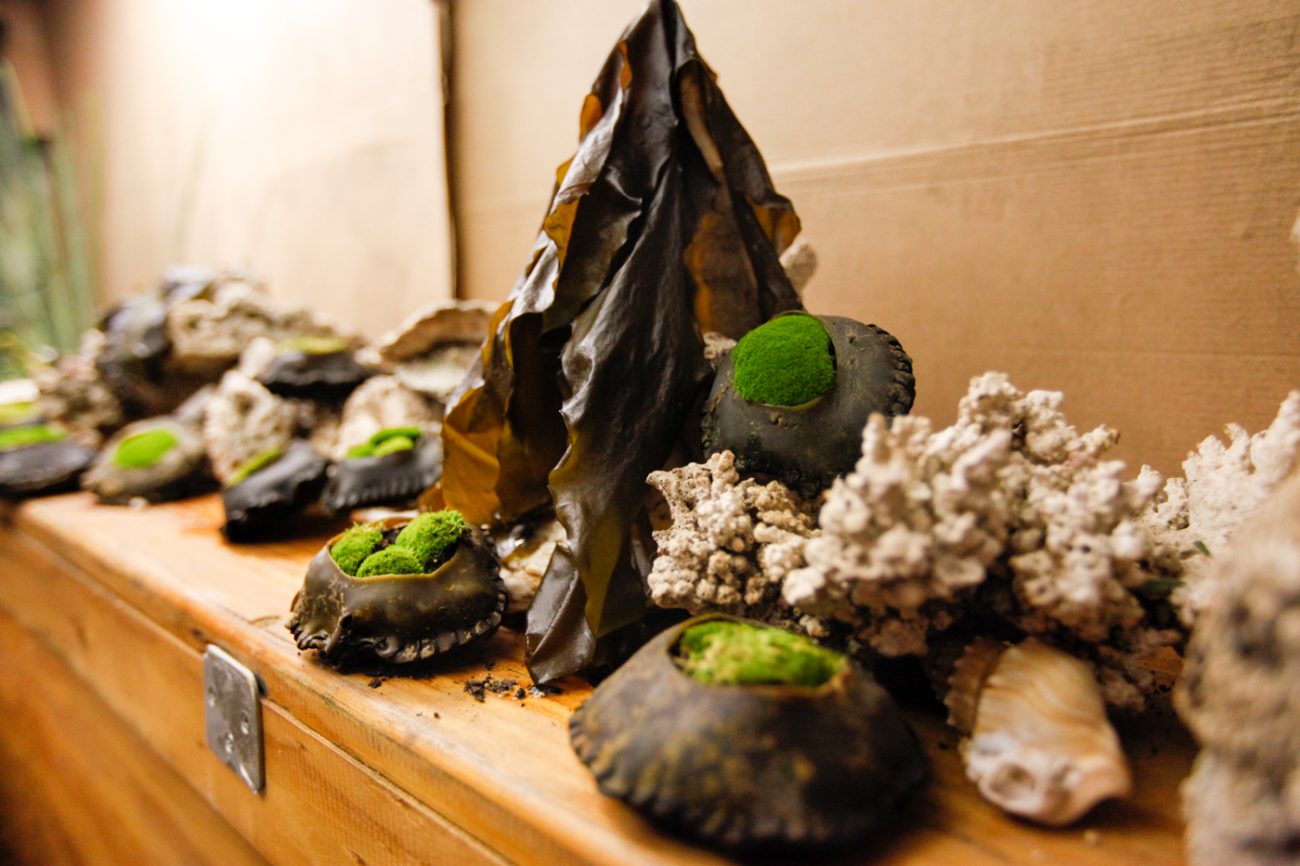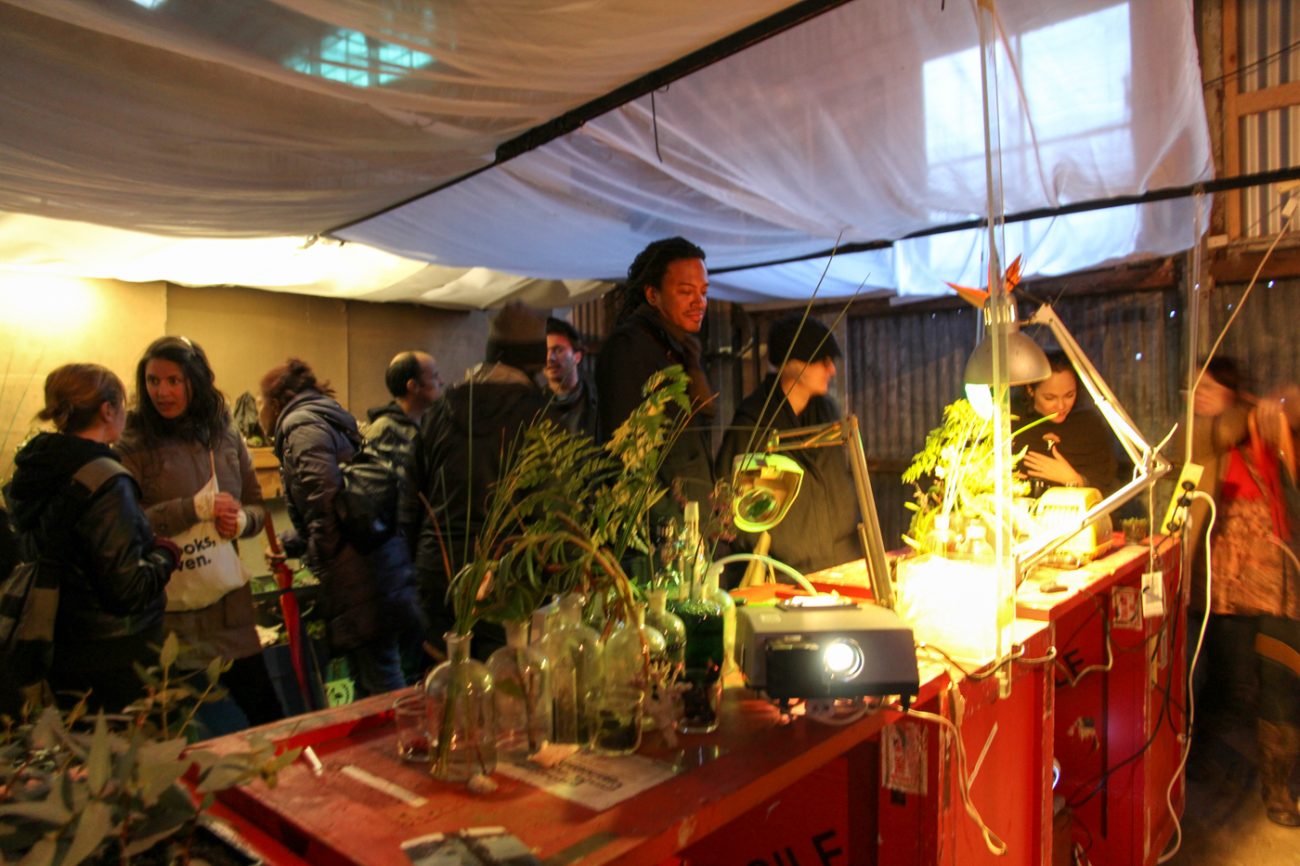Creating a New Society
from Scratch

Exhibition
Cockatoo Island, Sydney Harbour NSW
Collaborators
Jesse Cox
Emily McDaniel
Adam Parsons
Damian Martin
Justin Harvey
Supporters
The Neilson Foundation
Artline
Medium
Working together you create something you would never create on your own
Case Study Interview with The Canvas Project
A Society Evolved
All the while, the artists engaged with the dense social study they had set themselves.
There were regular town meetings from which the new society took form, with numerous discussions around how things should be done: a flag, for example, was deemed likely to unite the group, but create a barrier between it and the outside world; a policy on how to interact with other artists and those who were there before (the island’s caretakers) was devised.
The idea of passports was discussed; and a communication system enabling contact with the outside world was created: The artists would type out requests on to shipping labels and drop them down to the Underbelly Arts office where they would be tweeted. If they got a response, a Perspex hash symbol the artists had created would be placed in the window signalling the artists to collect it.
What would you do if you could start a new society from scratch?
It’s a question artist Perran Costi pondered before he gathered a group
and set sail to an island location to start a new life.Victoria Hannaford,
The Daily Telegraph

Victoria Hannaford,
The Daily Telegraph
Cockatoo Island has a rich history of its own and its uses have changed over time – it’s been everything from a colonial prison to industrial school, and most recently a shipyard. Perran says it’s a prime location to begin again. “Everyone who’s come to Australia – except for the Aborigines – came here with whatever they could carry to start a new life,” he says.
“They’ve come with their history, but they’ve also come to this new land with all of these ideas of a grand new society, starting from scratch with what they could carry.”
The six founding members of the society bring with them a wide range of skills, which Perran says was ideal for the project.
“When you’re starting a new society, you need a diverse pool of people. There’s a prosthetic artist, Damian Martin; Emily McDaniel, who’s a sound artist with an Aboriginal background and she works at MCA and the Art Gallery Of NSW; Jesse Cox, a sculptor with a history degree; Justin Harvey who lectures at UTS in new media and Adam Parsons, a landscape architect.”
Newcomers will also be welcomed into the society during the festival. “We’re thinking of setting up a border control, signing people in with visas, taking fingerprints and checking for fruit and veg,” Perran says.
While the project hasn’t turned Lord Of The Flies just yet, Perran says part of the appeal is nobody knows what will happen. “We don’t know what it will mean.”
The Underbelly Arts Festival features more than 150 musicians, dancers and performers showing their work on Cockatoo Island.
The most impressive installations,
and perhaps the most intensive process
at Underbelly Arts was Case StudyGail Priest,
RealTime

Naomi Gall,
The Near And The Elsewhere
If there were any Survivor-style power plays during the development the final installation was a picture of harmonious communal living. A series of makeshift huts and lean-tos were scattered around an old workshop, each with bedding, curtains, found objects and text curios. Some hummed with quiet sound installations and most glowed hauntingly with projected stills and videos.
Plant and moss specimens from around the island adorned surfaces like miniature gardens and small assemblages were to be found in nearly every crevice. Exploring issues of inhabitation, colonisation and migration, Case Study offered a wabi-sabi micro-environment of wonderful intricacy.
Case Study Photos

